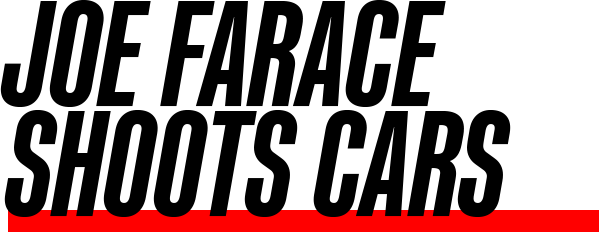Today’s Post by Joe Farace
“That which is measured improves. That which is measured and reported improves exponentially”— Karl Pearson
A histogram is a graphic representation of the distribution of exposure data in an image file. Mathematicians will tell you its an estimate of the probability distribution of a continuous variable (like image exposure) and was first introduced by Karl Pearson (1857-1936,) an influential English mathematician.
An photographic histogram is a graphical representation of the tonal distribution in a digital image, that plots the number of pixels for each tonal value. By looking at the histogram for a specific image you should be able to judge the tonal distribution—underexposure or overexposure—in a single glance.
 The histogram’s horizontal axis indicates the level of brightness while the vertical axis indicates the pixel quantity for the different levels of brightness. If the graph rises as a slope from the bottom left corner of the histogram, then descends towards the bottom right corner, all the tones in the image should be captured.
The histogram’s horizontal axis indicates the level of brightness while the vertical axis indicates the pixel quantity for the different levels of brightness. If the graph rises as a slope from the bottom left corner of the histogram, then descends towards the bottom right corner, all the tones in the image should be captured.
How I Made This Shot: I photographed this race car at dusk during an American LeMans Series race at Weathertech Raceway Laguna Seca several years ago. The camera used was an entry-level Canon EOS 50D with the inexpensive EF 75-300mm f/4-5.6 III lens (at 75mm) with an exposure of 1/80 sec at f/4 and ISO 800 with am 550EX flash for some fill light.
If the graph starts out too far in from either side of the histogram so that the slope appears cut off, then the photograph is missing data in and in fact, the image’s contrast range may be beyond the camera’s capabilities to record it. When the histogram is weighted towards either the dark or bright side of the graph, detail may be lost in the thinner of the two areas. If highlights are important, for example, be sure that the slope on the right reaches the bottom of the graph before hitting the right side.
Tip: Here’s the (Photoshop) histogram for the featured image: Don’t be a slave to a perfect histogram. While the classic histogram features the famous bell-shaped (Gaussian) curve, not every photograph you’ll make fits this distribution of exposure values. A high or low-key image will have a lopsided histogram. Does that mean exposure correction is needed? Nope, it just means that the histogram is appropriate for the image that you’ve just captured.
 If you liked this post and enjoy visiting this blog, you can show your appreciation by buying me a cup of Earl Grey tea ($2.50) by clicking here or you can just click on Contact and offer a simple “thank you.”
If you liked this post and enjoy visiting this blog, you can show your appreciation by buying me a cup of Earl Grey tea ($2.50) by clicking here or you can just click on Contact and offer a simple “thank you.”
Along with photographer Barry Staver, Joe is co-author of Better Available Light Digital Photography that’s now out-of-print but new, collector copies are available from Amazon for $160 and used copies at giveaway prices—around five bucks.
